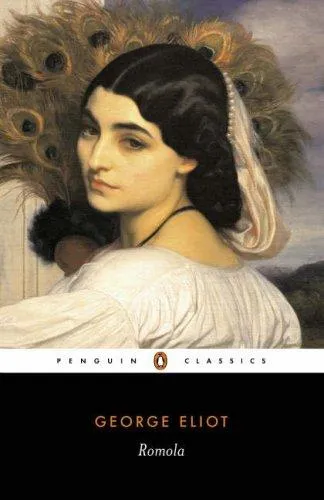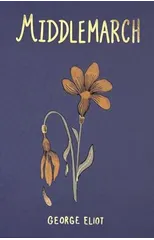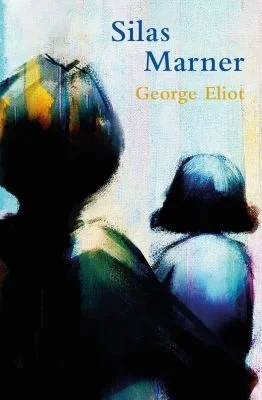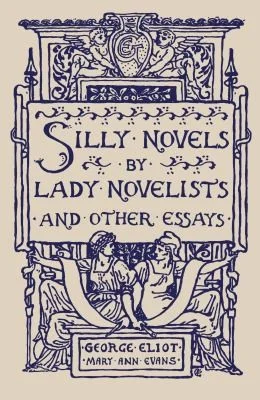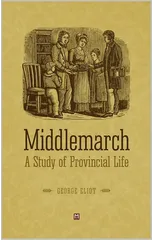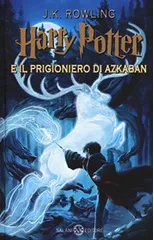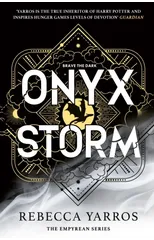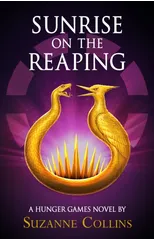'There is no book of mine about which I more thoroughly feel that I swear by every sentence as having been written with my best blood.'. So wrote George Eliot of Romola, the novel which argues her most profound and utopian vision of the position of women. Romola's patient subservience to her scholar-father Bardo, her unhappy marriage to supple and treacherous Tito, and her passionate intellectual and spiritual awakening take place in Renaissance Florence which, like Victorian Britain, was caught up in a period of ferment and transition. Romola appeared in 1862-3 to high praise by Victorians from Tennyson and Trollope to Henry James, and discerning modern readers will recognize it as George Eliot's first mature masterpiece. In her introduction to this new edition, Dorothea Barrett explores the issues of gender and learning, desire and scholarship, and the interweaving of history and fiction which she identifies at the centre of the novel.
George Eliot
George Eliot was the pen name of Mary Ann Evans, a prominent Victorian-era novelist known for her insightful and complex characterizations. Her most notable works include "Middlemarch," considered one of the greatest novels in the English language, and "Silas Marner," a poignant tale of redemption and community. Eliot's literary style is characterized by its psychological depth, moral complexity, and social commentary. She was a pioneer in the realist tradition, exploring themes of morality, religion, and human relationships in her writing. Eliot's contributions to literature include challenging traditional gender roles and societal norms, as well as expanding the scope and depth of the novel as an art form. Her work continues to be celebrated for its profound insights into the human condition and its enduring relevance in contemporary society.
